
KEATING SUPERCARS NEW SUPERCAR LAUNCHING 2017
Keating Supercars are celebrating 10 years in business this month, preparing to drive full-throttle into another decade with the soon-to-launch Keating Berus.
The Berus is set to be unveiled at the Monaco Top Marques show in April 2017. Taking its name from the venomous snake Vipera Berus, with a host of impressive features, the Berus comes in two versions. With a top speed of 230 mph+ and 0-60mph in 2.4 seconds, the V8 Berus is a fierce addition to the Keating range. There is also the Electric Berus – packing 150-300KW 1,054ft/lb torque.
In celebration of the tenth anniversary, and the anticipated production of the Keating Berus, the event was recently marked in Southport at the Prince of Wales Hotel. On display was the half-scale Berus model which is now on show in CAPE.
Keating Supercars CEO, Dr Anthony Keating, is an alumnus of the University of Bolton, studying both engineering and business with the University. He said: ‘The Berus’s namesake is reflected in its design; including the lights which resemble those of a snake and the front which appears to display the snake’s fangs. The car is engineered, designed and will be built in Bolton.’
A key partner in the University of Bolton’s Centre for Advanced Performance Engineering (CAPE), Keating Supercars made their debut in July 2006 with the launch of the Keating TKR at the 2006 London Motorshow. CAPE is a leading centre for the study of automotive performance engineering and motorsport technology and was the first in the UK to have an in-house and fully functioning international race team based on campus.
The Keating Supercars Berus is a high-performance hypercar and limited-production sports cars.
Key Details:
- Manufacturer: Keating Supercars
- Model: Berus
- Type: Hypercar
- Engine Options: The Berus was announced with different engine options, including a V8 engine and a potential electric version. The exact specifications can vary, but the focus is on delivering extreme performance.
- Performance: The car is designed to deliver top-tier performance, with the possibility of reaching speeds exceeding 230 mph. It’s engineered to be extremely lightweight, which contributes to its agility and speed.
- Design: The Berus features a sleek and aerodynamic design typical of high-performance hypercars, with attention to detail in both aesthetics and function.
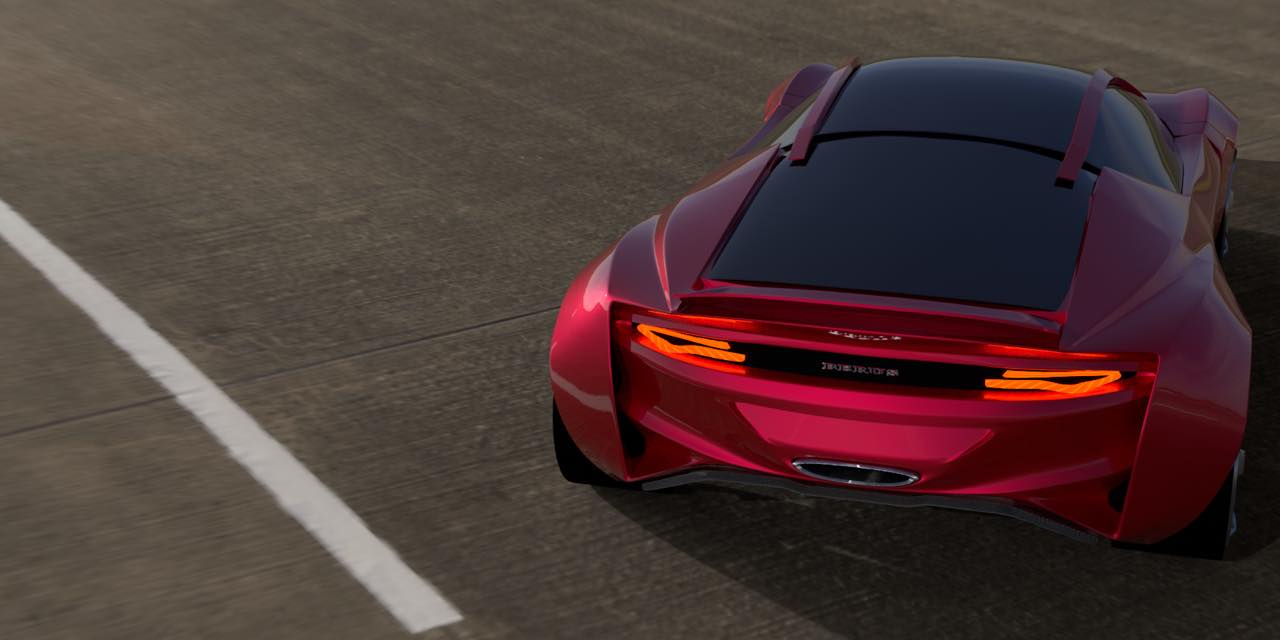
The Keating Supercars Berus is an ambitious project by the British car manufacturer, designed to make a mark in the hypercar segment. Here’s a more detailed breakdown:
Specifications:
Engine Options:
- V8 Petrol Engine: The Berus is available with a V8 engine, offering varying levels of power output. Keating offers multiple tuning stages, with the most powerful variant producing upwards of 800 to 1,000 horsepower.
- Electric Version: Keating has also announced plans for an electric variant of the Berus, which would combine high performance with sustainable technology. Specific details on this variant are scarce but it’s expected to be a high-powered electric powertrain.
Performance:
- Top Speed: The Berus aims to reach top speeds in excess of 230 mph (370 km/h), placing it in direct competition with other hypercars.
- Acceleration: The car is expected to have impressive acceleration, with 0-60 mph times likely under 3 seconds, thanks to its powerful engine and lightweight construction.
- Lightweight Design: The Berus uses advanced materials like carbon fiber to keep the weight low, enhancing its speed, agility, and overall performance.
Design and Aerodynamics:
- Exterior: The Berus features a sleek, aerodynamic body with sharp lines and a low-slung profile. The design is both aggressive and elegant, optimizing airflow and reducing drag.
- Interior: The interior is luxurious, with a focus on driver engagement. It includes high-quality materials, advanced technology, and a cockpit-like feel.
Production:
- Limited Edition: Like many hypercars, the Berus is expected to be produced in limited numbers, making it a rare and exclusive vehicle. This limited production also allows for a high degree of customization according to the owner’s preferences.
- Bespoke Customization: Buyers of the Berus have the opportunity to personalize their cars extensively, from the choice of materials to specific performance tuning.
History and Background:
- Keating Supercars: Founded by Anthony Keating, the company has been producing high-performance vehicles since the mid-2000s. Keating cars are known for their speed and exclusivity, with each model being a showcase of cutting-edge engineering and design.
- Berus Launch: The Berus was unveiled as Keating’s flagship model, representing the pinnacle of their engineering prowess. It was designed to compete with other hypercars like the Bugatti Veyron, McLaren P1, and Koenigsegg models.
Market Position:
The Keating Berus is positioned as a competitor in the elite hypercar market. It appeals to collectors and enthusiasts who seek extreme performance combined with exclusivity. Given its limited production and bespoke nature, it’s likely to be a collector’s item.
Challenges and Expectations:
While the Berus promises impressive specs, the challenge for Keating Supercars is to establish itself among more established brands in the hypercar market. However, its unique proposition and the allure of exclusivity could give it a niche following.

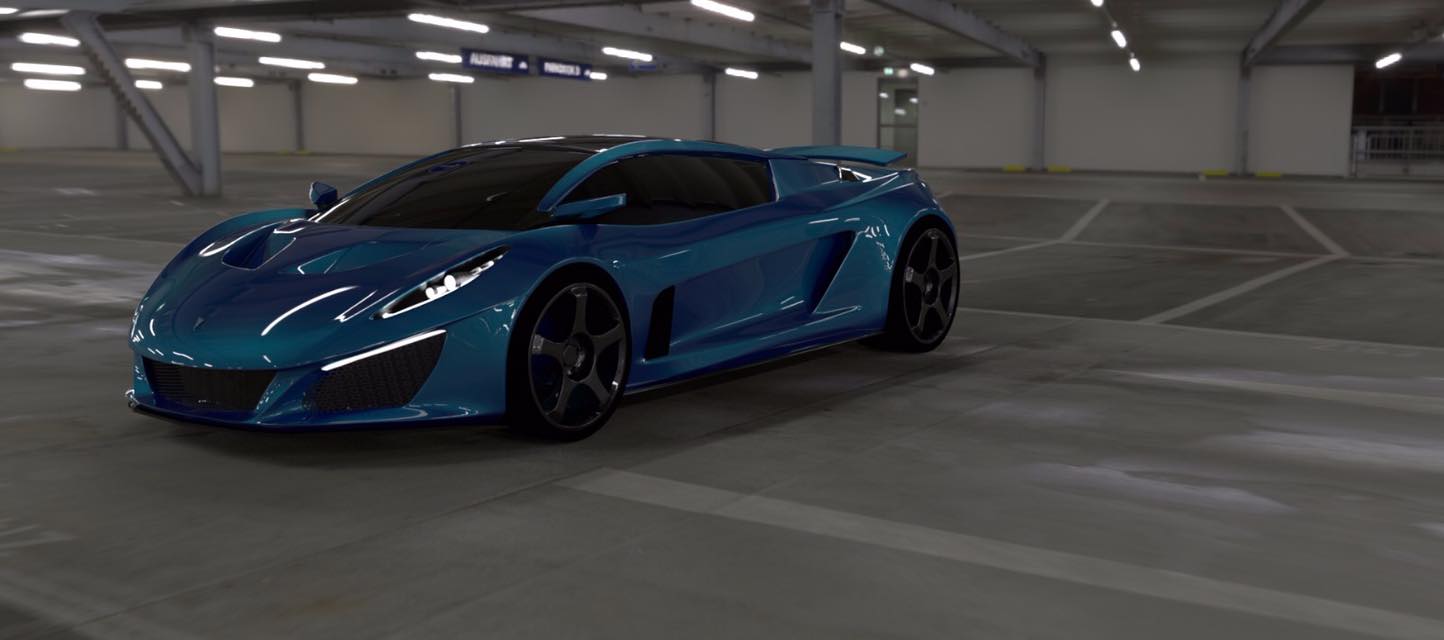

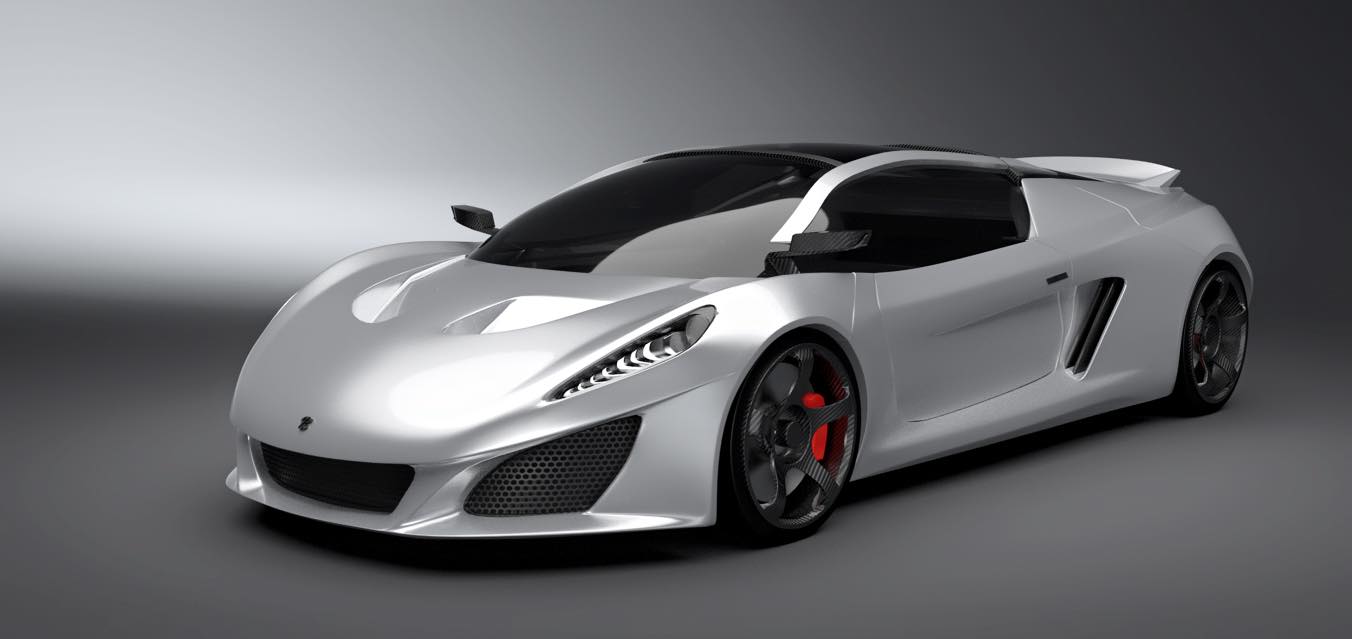

(1) Comparison with Other Hypercars:
When comparing the Keating Berus to other hypercars, it’s important to consider performance, design, exclusivity, and technology.
Performance:
-
- Bugatti Chiron: The Chiron is powered by an 8.0-liter quad-turbocharged W16 engine producing 1,479 horsepower, with a top speed electronically limited to 261 mph. The Berus, with its 800-1,000 hp V8, is positioned slightly below in terms of raw power, but it compensates with a lighter build.
- McLaren P1: The P1, a hybrid hypercar, has a combined power output of 903 horsepower. Its advanced aerodynamics and hybrid powertrain make it one of the most advanced hypercars. The Berus aims to compete with a more traditional powertrain, but its potential electric variant could offer a modern twist.
- Koenigsegg Jesko: The Jesko offers extreme performance with its 1,600 horsepower twin-turbo V8 and advanced aerodynamic design. The Berus is likely to appeal to those who want a unique alternative to the Scandinavian hypercar, with bespoke customization.
Design:
-
- The Berus has a more traditional, aggressive hypercar look compared to the futuristic designs of the P1 and Jesko. It combines sharp lines with a focus on aerodynamics.
- The interior of the Berus is likely to be more personalized, focusing on luxury materials and bespoke options, while competitors like the Chiron offer a more standardized luxury experience.
Exclusivity:
-
- Like the Koenigseggs and McLarens, the Berus is produced in limited numbers, making it highly exclusive. However, its lesser-known brand name might appeal to buyers who want something rarer and more unique.
- The bespoke nature of the Berus means that each car can be tailored to the owner’s exact specifications, adding to its exclusivity.

(2) Development and Engineering:
The Berus, being a product of a smaller manufacturer like Keating Supercars, represents a significant engineering effort. Keating has likely utilized advanced lightweight materials like carbon fiber for the chassis and bodywork, similar to what is seen in the industry.
- Engine Development:
- The V8 engine in the Berus is likely to be a highly tuned version of an existing powerplant, modified to suit the performance and reliability standards required for a hypercar.
- The potential electric variant would require advanced battery technology and power management systems, a challenging but exciting development for a smaller company.
- Aerodynamics:
- Aerodynamics play a crucial role in the design of the Berus. Features like active spoilers, diffusers, and underbody airflow management are likely to be key components, helping the car achieve high speeds while maintaining stability.

(3) Market and Customer Base:
- Target Market:
- The Berus is targeted at a niche market of hypercar collectors and enthusiasts who prioritize uniqueness and exclusivity. It is likely to attract buyers who already own more mainstream hypercars and are looking for something different.
- The customization options available for the Berus allow it to appeal to those who want a vehicle tailored specifically to their tastes, further emphasizing its exclusivity.
- Pricing:
- Pricing for the Berus would likely be in the same range as other hypercars, potentially starting around $1 million or higher, depending on the level of customization. This places it in direct competition with the likes of the Chiron, P1, and Jesko.
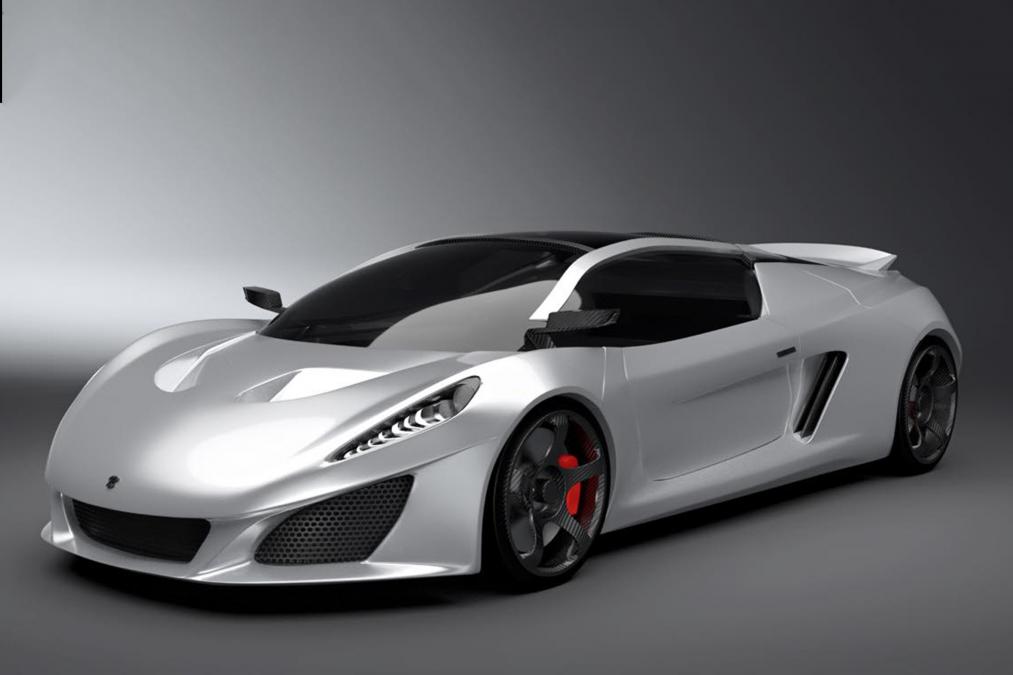
(4) Challenges for Keating Supercars:
- Brand Recognition: One of the biggest challenges for the Berus is brand recognition. Competing against established names like Bugatti, McLaren, and Koenigsegg requires not only superior engineering but also marketing efforts to build a brand that resonates with the hypercar community.
- Production Capabilities: As a smaller manufacturer, Keating Supercars might face challenges in producing the Berus at the level of quality and reliability expected in the hypercar market. However, their smaller scale also allows for greater attention to detail and bespoke customization.
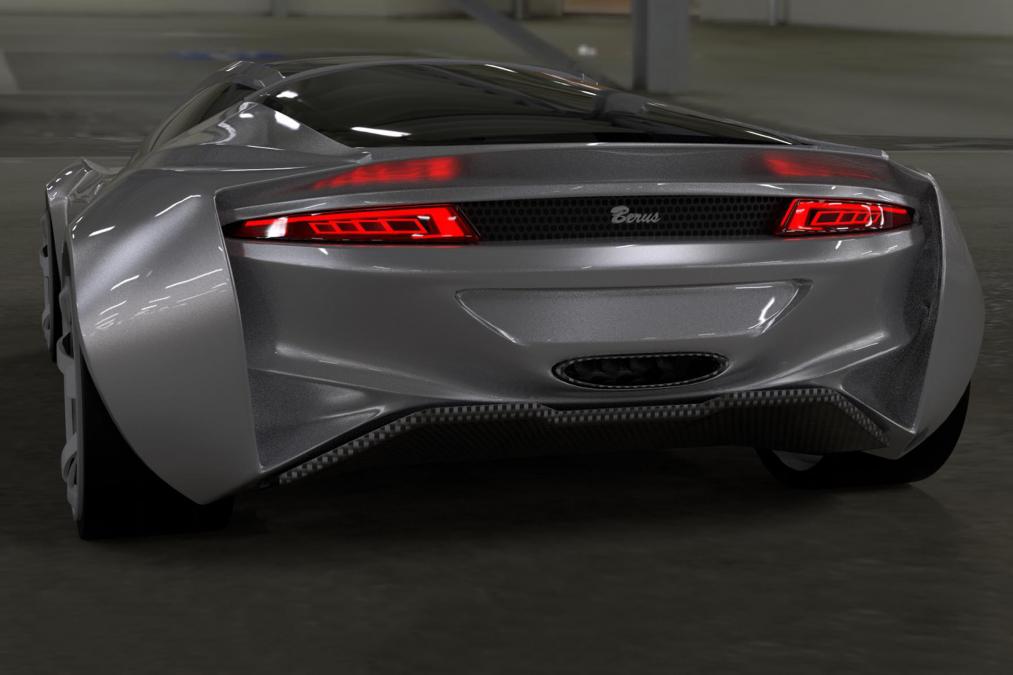
(5) Future Prospects:
If the Berus succeeds in capturing the interest of hypercar enthusiasts, it could pave the way for more models from Keating Supercars, potentially expanding their lineup and enhancing their brand presence. The planned electric variant could also position Keating as a forward-thinking manufacturer in the evolving automotive landscape.

Keating Supercars
Keating Supercars made their debut in July 2006 with the launch of the Keating TKR. They built four cars since its launch, the SKR, TKR, ZKR and the Bolt. At racing car show, Autosport International 2016, Keating Supercars unveiled a road version of the Bolt to be sold in the USA. Keating Supercars plan to sell around 30 cars a year.
